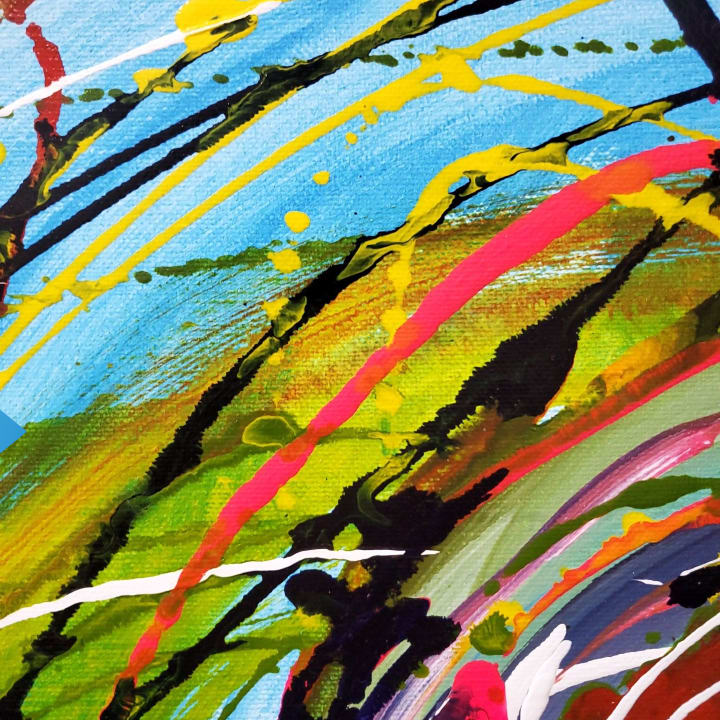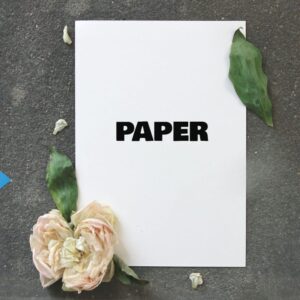Watercolour is a Challenging Medium
Watercolor painting can pose challenges different from other mediums.
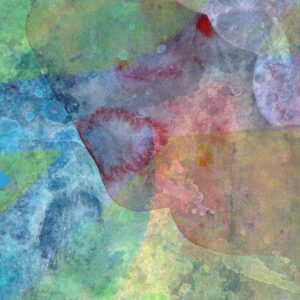
For example, watercolor is a transparent medium making it unique when compared to other mediums that are opaque. To address this, the following are the watercolor basic painting techniques developed and used over the years and which no watercolor artist can do without.

Dry Brush
the dry brush technique is good for creating textured surfaces. Samples of dry brush technique are often seen in watercolor paintings of tree barks, rocks, twigs, foliage etc. creating a visibly dominant textures. Dry brush painting relies on painting with a brush that is just about moist and often charged with a thick paint. The dominance or the subtlety of the effect will depend also on the grade and quality of the paper used and the angle and stroke applied.
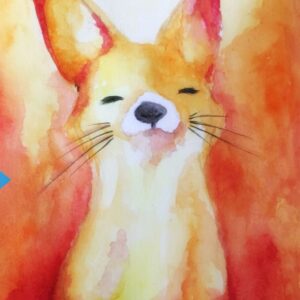
Lifting Wet Watercolor
The tools to use when applying this technique are soft tissue paper, sponges, paper towels, or brushes. Lifting is a negative painting tool where instead of applying color, you diminish the color that is applied. It creates a dreamy effect and is widely used when painting clouds where the paint, while still wet is dubbed with the absorbent tool to create the image desired. Twisting is done to create more texture in the paint that is left on the paper as well as scrubbing. When doing the actions though, especially when scrubbing, care must be observed that the paper underneath is not damaged.

Lifting Dry Watercolor
One of the greatest challenges in watercolor painting is its being a transparent medium which makes it very difficult to remove or blot out. Once it is in the paper and dries, removing the paint is difficult if not impossible. Painting over will hide it partially. Just the same, sometimes a pigment has to be lifted from the artwork and for lifting dry watercolor, what is normally used are acrylic brushes or sponges. To lift the dry pigment, the sponge or the brush is cleaned thoroughly with clean water and applied very carefully to the surface. The process is repeated until manageable tinge of color remains.
Other tools used are razors, sandpapers, penknives, and sometimes X-acto blades. All of which are destructive. Blades are used but then the texture of the artwork is altered. In skilled hands highlights will be created when using a blade but as mentioned it is a risky process.
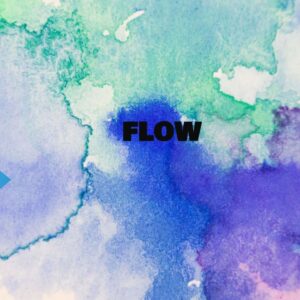
Wet in Wet
It is another watercolor basic painting technique where the paper is brushed wet before applying pigments. This technique produces a very different texture and appearance that is unique only to watercolor paintings. For more watercolour tips, go to https://artisgreat.ca/watercolour-tips-for-painters
